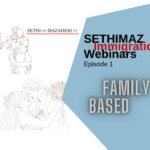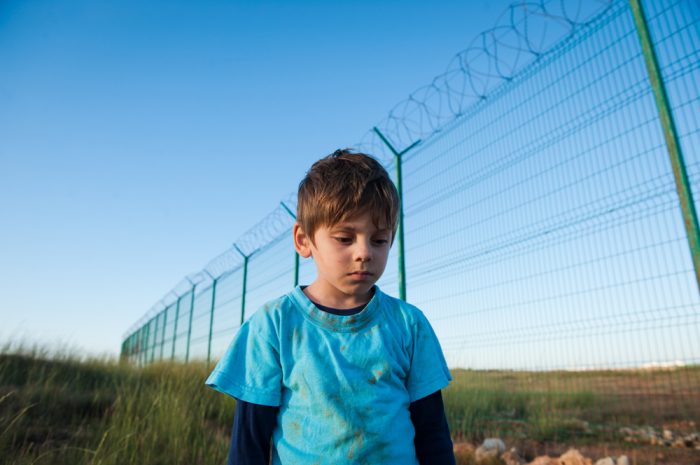Child Status Protection Act
In the US immigration system, unmarried children who are under 21 years old can apply for permanent residence. While there are other eligibility criteria, the age component is an important aspect. However, due to the US Citizenship and Immigration Services’ backlog, many applicants would no longer be 21 years old once their application was processed. This meant that eligible applicants were being aged out due to no fault of their own. In 2002, the Child Status Protection Act (CSPA) came into effect, so that a backlog would not result in the aging out of an eligible applicant.
CSPA Eligibility and CSPA Age
CSPA is applicable to those who are considered to be immediate relatives, derivative refugees or asylees, derivatives of employment-based visas and diversity immigrant visas, derivatives or self-petitioners of the Violence Against Women Act, or part of the family-sponsored preferences. Each category has its own eligibility criteria that would have to be followed regardless of CSPA. However, CSPA has created a so-called CSPA age. This means that when someone files the appropriate form for any of the previous categories, their age is frozen to the date they filed their form (under 21 years old). Their CSPA age is that age, regardless of when the system finally gets to process their application.
Conclusion
The definition of a child under immigration law is not changed and the requirement to be unmarried still stands. However, if we take the CSPA for immediate relatives as an example, the child’s age would be frozen on the date either Form I-130 or Form I-360 was filed. By the time their case is processed and a green card (for permanent residence) is approved, the applicant may be well over 21 years old, but as long as they are unmarried, their CSPA age would allow for them to still be eligible.








 by Prozco®
by Prozco®